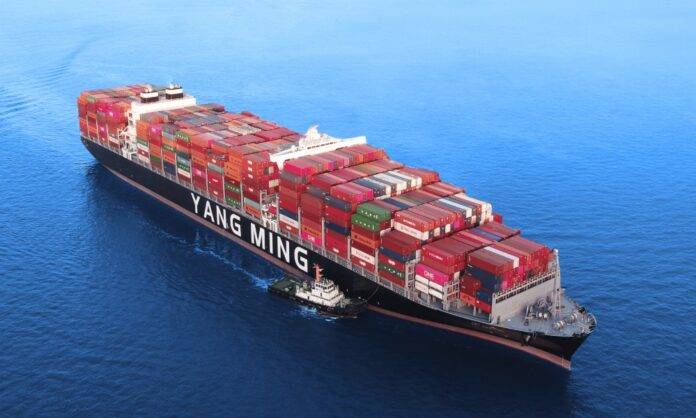The Container Shipping Sector in Transition
The container shipping industry is currently entering its typical post-Lunar New Year slowdown, a period that generally extends until April or May. This seasonal decline is characterized by significant drops in spot rates; however, despite this downturn, the sector continues to be one of the more lucrative segments within the shipping industry.
According to the latest data from the Drewry World Container Index, spot rates experienced a notable decline of 5%, falling to $3,095 per twenty-foot equivalent unit (feu) as of yesterday. Notably, this figure still represents an impressive 118% increase compared to the pre-pandemic average of $1,420 recorded in 2019.
Similarly, the Shanghai Containerized Freight Index, which was released today, reported a further drop of 6% week-on-week, bringing the index down to 1,758.82 points. This level marks a low not seen since 2023, prior to the onset of the Red Sea shipping crisis, which had previously propelled rates upward.
Challenges Facing Shipping Carriers
Industry experts from Linerlytica have highlighted the ongoing challenges that carriers face in attempting to reverse the recent decline in shipping rates. The report indicates that cargo volumes remain subdued following a robust surge in January, which saw record throughput levels at key ports. This post-holiday period tends to be characterized by lower demand, making it difficult for carriers to sustain the elevated rate levels experienced earlier in the year.
Market Dynamics and Future Outlook
The fluctuations in the container shipping market are influenced by various factors, including global economic conditions, trade policies, and seasonal demand patterns. As the industry navigates this challenging landscape, carriers must adapt their strategies to maintain profitability while responding to shifting market dynamics.
Despite the current downturn in spot rates, the container shipping sector has shown resilience and remains a critical component of global trade. The ability to manage operational efficiencies, optimize cargo capacity, and leverage technology will be essential in overcoming these obstacles and positioning for recovery in the coming months.
Conclusion
In conclusion, while the container shipping industry faces a period of adjustment following the Lunar New Year, it is important to recognize that the long-term prospects remain positive. The sector’s profitability, coupled with ongoing innovations and improvements in logistics, suggests that it will continue to play a vital role in facilitating international trade. Stakeholders in the industry must remain vigilant and proactive in addressing the current challenges to ensure sustainable growth in the future.




